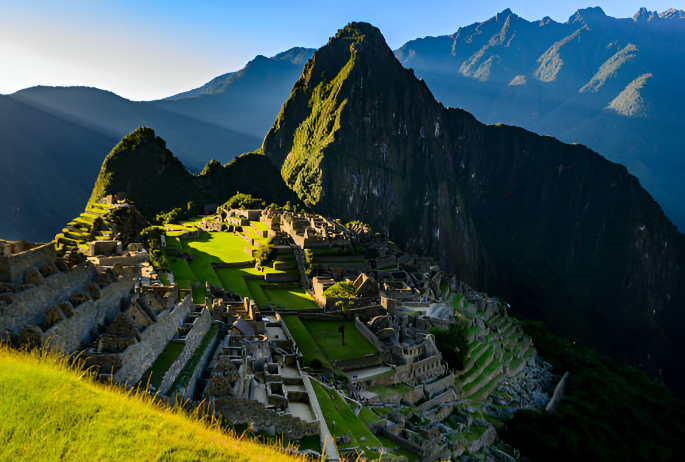Machu Picchu, one of the most iconic archaeological sites in the world, sits high in the Andes Mountains of Peru. Located at an elevation of 2,430 meters (7,970 feet) above sea level, the altitude of Machu Picchu can present both breathtaking views and unique challenges for visitors.
The elevation plays a significant role in the overall experience of visiting Machu Picchu. The site offers stunning panoramic views of the surrounding mountains and the lush Urubamba River valley below. However, the high altitude can also affect travelers unaccustomed to such elevations. Symptoms of altitude sickness, such as headaches, dizziness, and shortness of breath, can occur. It is advisable to spend a few days in Cusco, which is even higher at 3,400 meters (11,152 feet), to acclimatize before heading to Machu Picchu.
Exploring Machu Picchu involves a lot of walking and climbing, with many steep steps and uneven paths. Despite the physical demands, the experience of walking among the ancient ruins, temples, and terraces is unparalleled. The altitude adds an element of adventure and accomplishment to the visit, as you traverse the same heights once occupied by the Incas.
For those planning a trip to Machu Picchu, preparation is key. Staying hydrated, taking it slow, and considering altitude sickness medication can help mitigate the effects of the high elevation. Additionally, Peruways offers comprehensive travel guides and services that can assist you in planning your journey. From transportation options to practical tips on dealing with the altitude, Peruways ensures that your visit to Machu Picchu is both memorable and enjoyable.
Understanding the elevation of Machu Picchu enhances your appreciation of this remarkable site and prepares you for a rewarding adventure in the heart of the Andes.










Comment (0)